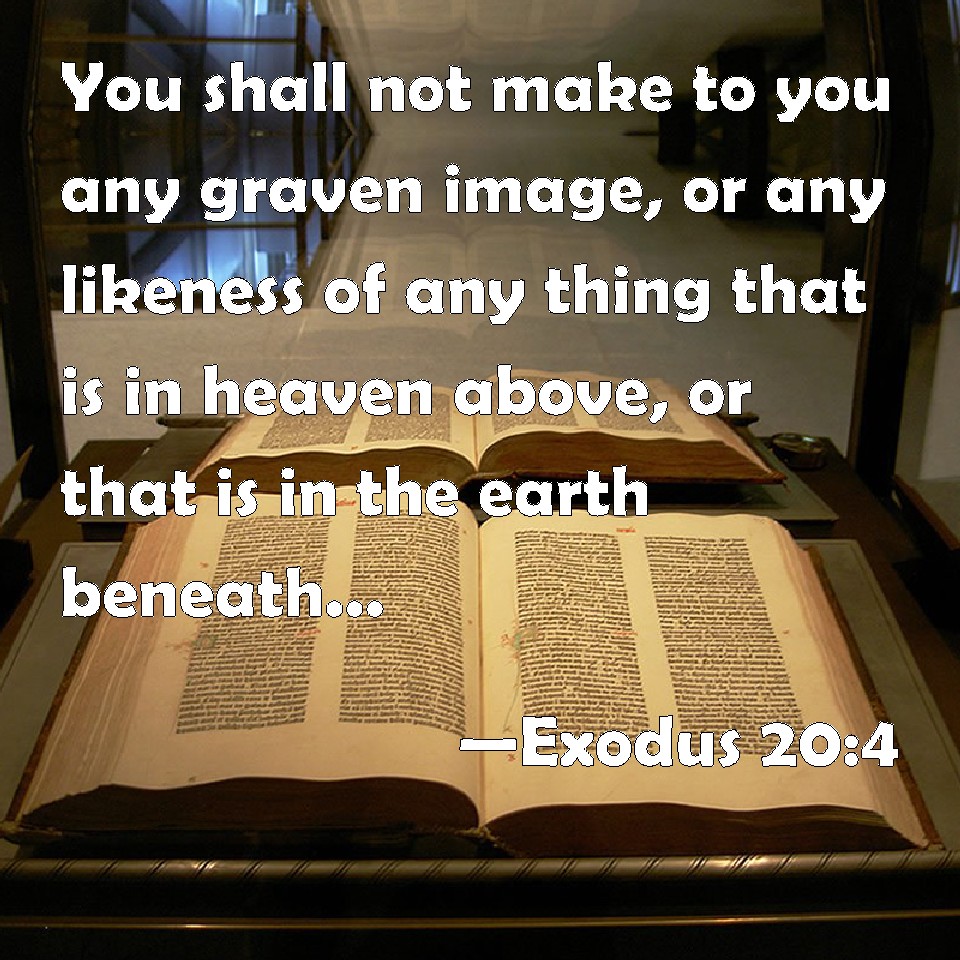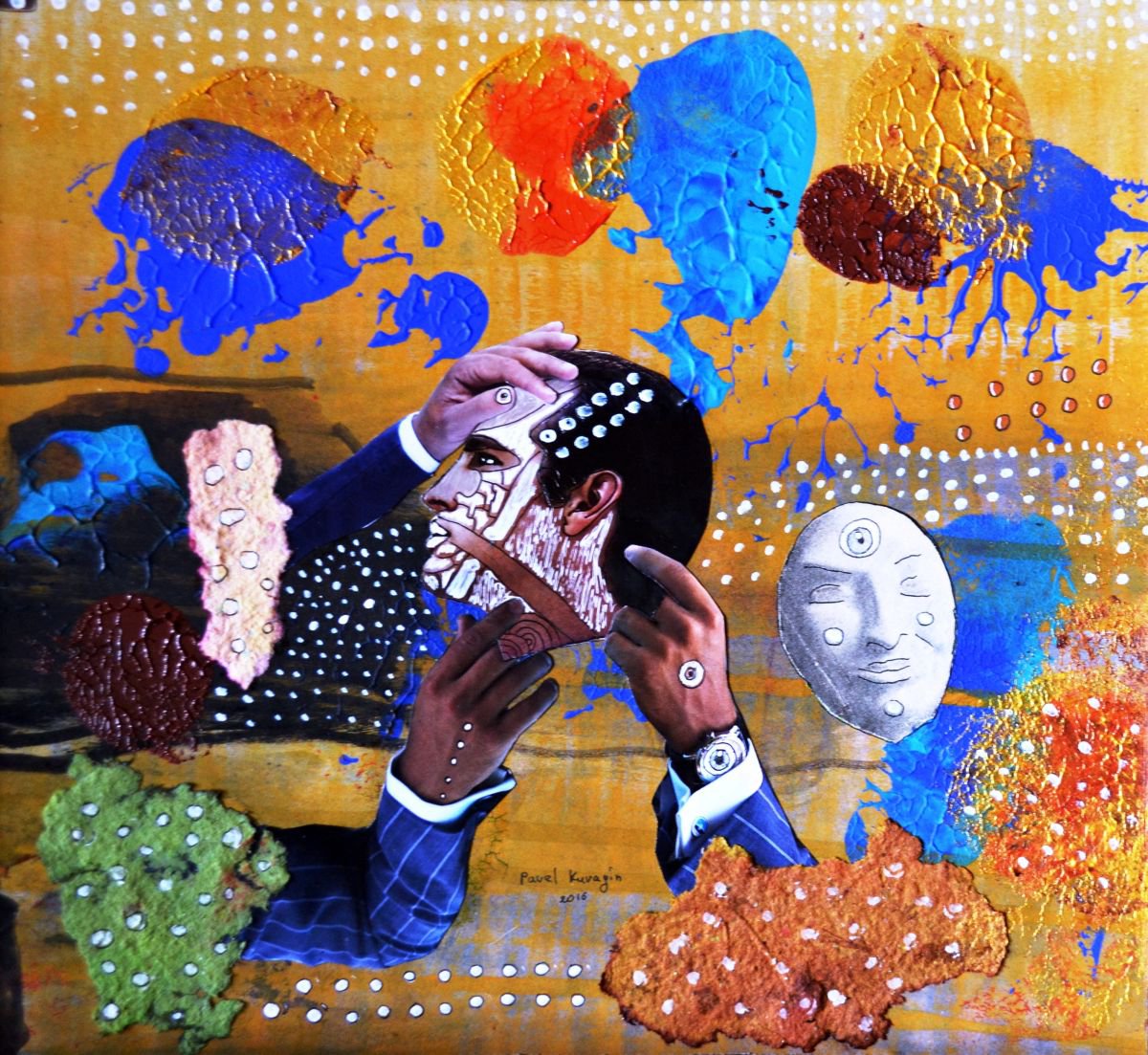

They might have beautiful art in their churches, and Mass at such parishes might be dignified and beautiful, with expert choirs singing chant or polyphony, but I have never yet seen liturgical imagery used in the context of worship in the way that I see it in every Eastern Divine Liturgy. Those of the orthodox, pious and religious who appreciate beauty, and very likely agree in principle with need for sacred art in churches. And I am not referring here to the liberal, impious parishes with whitewashed, modern churches that reflect modern iconoclasm and are barely distinguishable from a puritanical-Protestant church. The general situation in my observation is that images are not incorporated in worship at all. As Roman Catholics, we cannot afford to be smug about this. In this homily, while he did mention in passing the many contemporary forms of idolatry in our neo-pagan or secular world, (a subject that many priests today are more likely to discuss in this context), he focussed primarily on the use of images in the context of worship. Second, is the fact that Fr Sebastian thought this point is important enough to make it the central subject of his homily and to send out a summary of his points in the church bulletin and encouraged his parishioners to take it home and study it. Fr Sebastian (a scripture scholar who is a colleague of mine on the faculty at explains why this is the case. Graven, incidentally, just means 'made by hand'.

The relevant commandment, often quoted by iconoclastic Protestants and out of context, does not condemn the making and use of religious imagery, but rather idolatry, which is very different. Contrary to what is commonly believed, the 10 commandments do not forbid graven images. There are several points that we of the Roman Church can take from this:įirst, is the content. I want to post the text that was the basis of the homily given by Fr Sebastian Carnazzo, pastor of St Elias Melkite Catholic Church in Los Gatos California, on that day.
#YOU SHALL NOT MAKE ANY GRAVEN IMAGES PRO#
Please take a moment to share your thoughts, pro and con, on this discussion of the second commandment.Last month, on Sunday, October 13th, the Eastern Catholic Church celebrated the Feast of the Fathers of the Seventh Ecumenical Council. Moral value of the second commandment: 0 / 10 This commandment is concerned only with religious practice and belief, nothing else. This commandment has no moral content, in fact it could be argued that the message of vengeance is absolutely immoral, totally evil. Because, what is a statue raised as a memorial to the ten commandments if it is not a graven image?įurther, let us look at the guidance provided in verse 5 - "visiting the iniquity of the fathers unto the third and fourth generation." Who could possibly claim this message of unforgivingness is moral? This suggestion that grandchildren and great grandchildren will be punished for the beliefs of earlier generations is nothing more than unadulterated evil. They clearly do not understand what is written. And still others forbid any representational imagery of living creatures whatsoever.Īnd they want this posted in schools as guidance to children when they cannot agree amongst themselves what it means? Others reading further into the text extend the commandment to forbidding creating any images of God, whether drawing, painting, or sculpture. What does this commandment mean? Many interpret it as simply meaning they should not create any idols which would make it nothing more than an extension of the first commandment. To add your comments, please use the Contact form or alternatively, comment in the forum below.




 0 kommentar(er)
0 kommentar(er)
